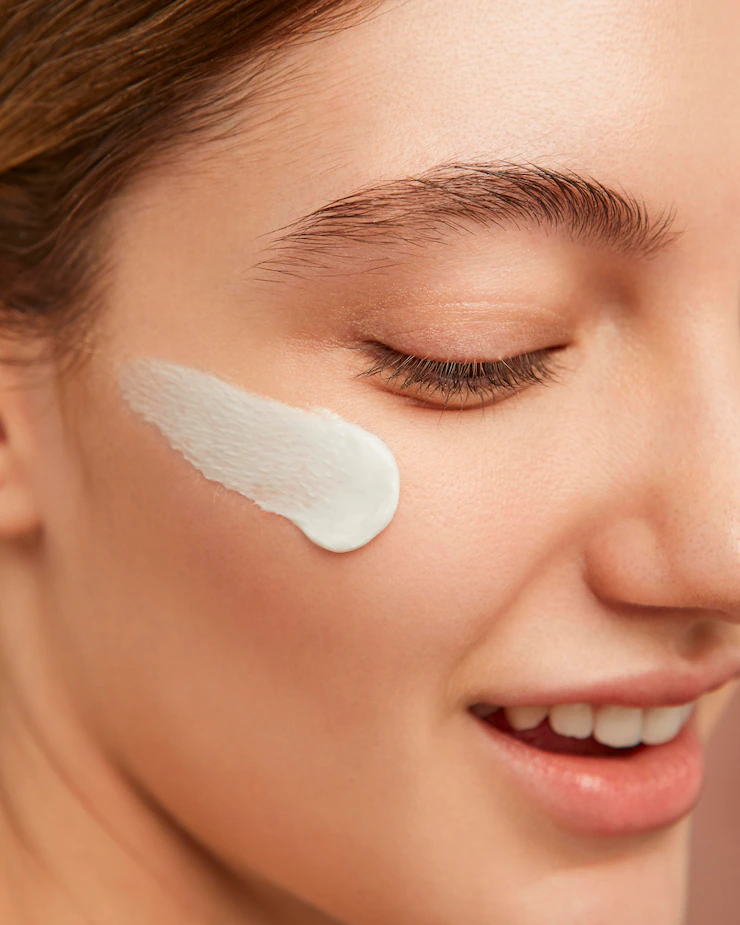- Home
- Ingredients
- Cosmetic Actives
What are cosmetic actives?

Cosmetic actives are active ingredients that:
- may be the only 'star' ingredient in the formula
- help boosts the overall performance of the product
There are many cosmetic actives available for you to use. Although actives are more popular in skin care products, you can add them in makeup.
Cosmetic actives are categorized by their functions, such as:
- Alpha & Beta Hydroxy Acids
- Anti-wrinkle
- Anti-aging
- Anti-dark Circle
- Antioxidants
- Oil regulating
- Tan
- Hair Repair
- Peptides
- Skin Lightening
- Liposome
- Moisturizing
- Protein
- Vitamin
Aesthetic functions such as colorants and exfoliators are not considered as cosmetic actives.
Why use cosmetic actives?
For makeup formulators, we usually focus on actives that provides:
- Moisturizing effects
- Skin-lightening properties
- SPF factors
- Antioxidants
While using actives may not be compulsory in makeup, adding them will definitely make the product more attracting.
Sometimes, cosmetic actives define the value of the product and make it more pricey.
Actives can be found in almost every single product!
- Hydrating/moisturizing serum - Hyaluronic acid
- Anti-wrinkle night cream - Collagen, CoEnzyme Q10
- Skin-lightening day cream - Alpha Arbutin
Did you know that most actives only need a small amounts to work? Some as little as 0.1% while others up to 10%.
Who can use products with cosmetic actives?
Anyone above 12 years old can use cosmetic products with actives. If you intend to use on children below 12 years old, do consult your doctor first.
Choose products with actives according to what you desire. Nowadays, many foundations come with Hyaluronic Acid aka Sodium Hyaluronate!
How to use cosmetic actives in a formula?
If you are a beginner formulator, start with Hyaluronic Acid first. This is to familiarize yourself with one simple factor that it will thicken or gel up your final product.
And Hyaluronic Acid is soluble in water. Not so sensitive to drastic pH changes. Easy peasy!
For advanced formulators, I know it's annoying to make different products for different actives and you prefer to mix it all up.
Please don't do this because some actives are very pH-dependent and mixing more than 2 actives can cause instability. Furthermore, it can be confusing whether to promote functions of Active #1 or Active #2.
If you are working on cosmetic actives this week, use this guideline so that you won't miss anything.
- Check solubility - water, oil, silicone, alcohol
- Check working pH - acidic, alkaline, is buffer solution necessary?
- Check functions - thickener, chelator
- Do you need an emulsifier or a dispersant?
Where to buy cosmetic actives from?
I get mine at Aroma-Zone and Making Cosmetics. There are also other suppliers at my Resources page.

